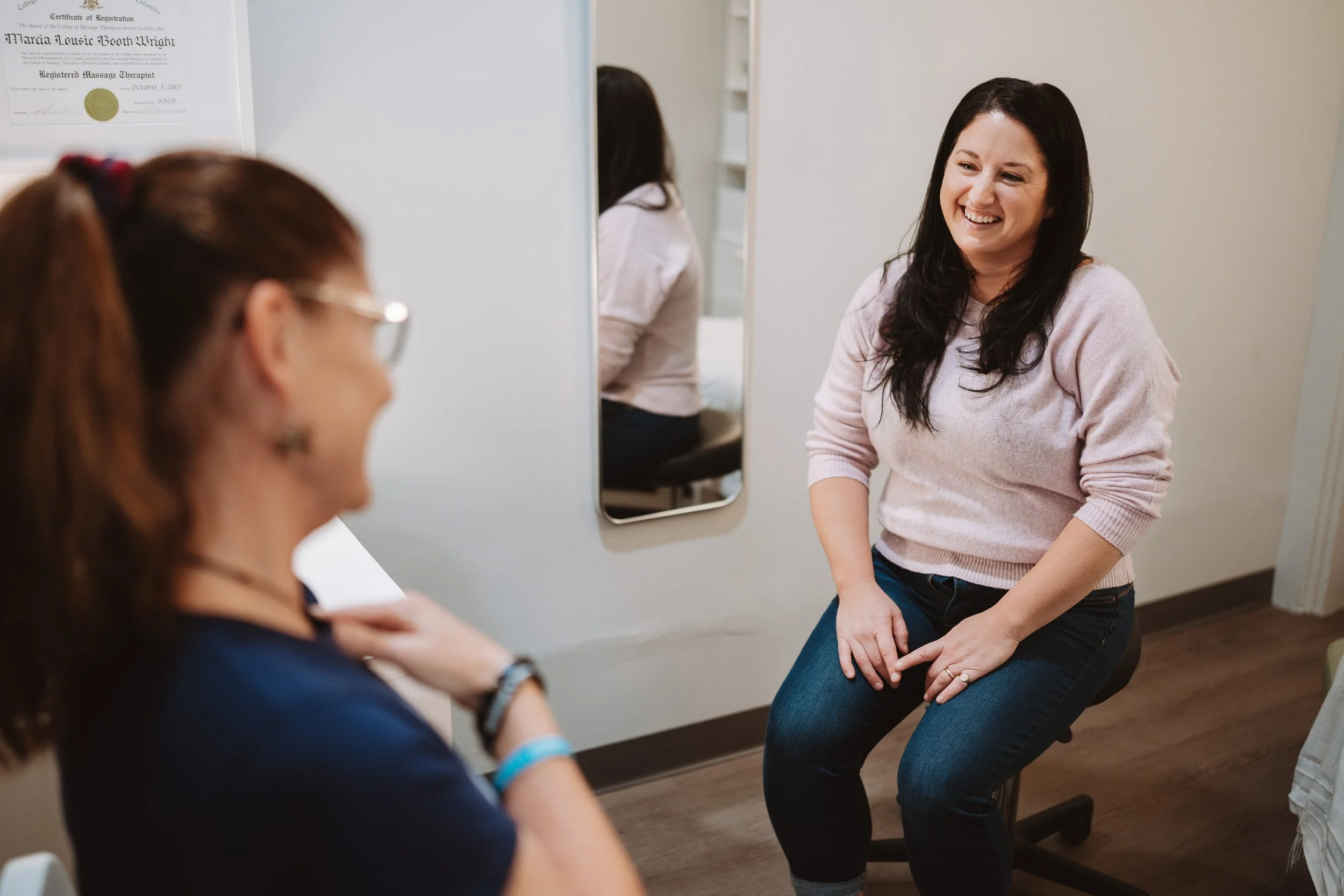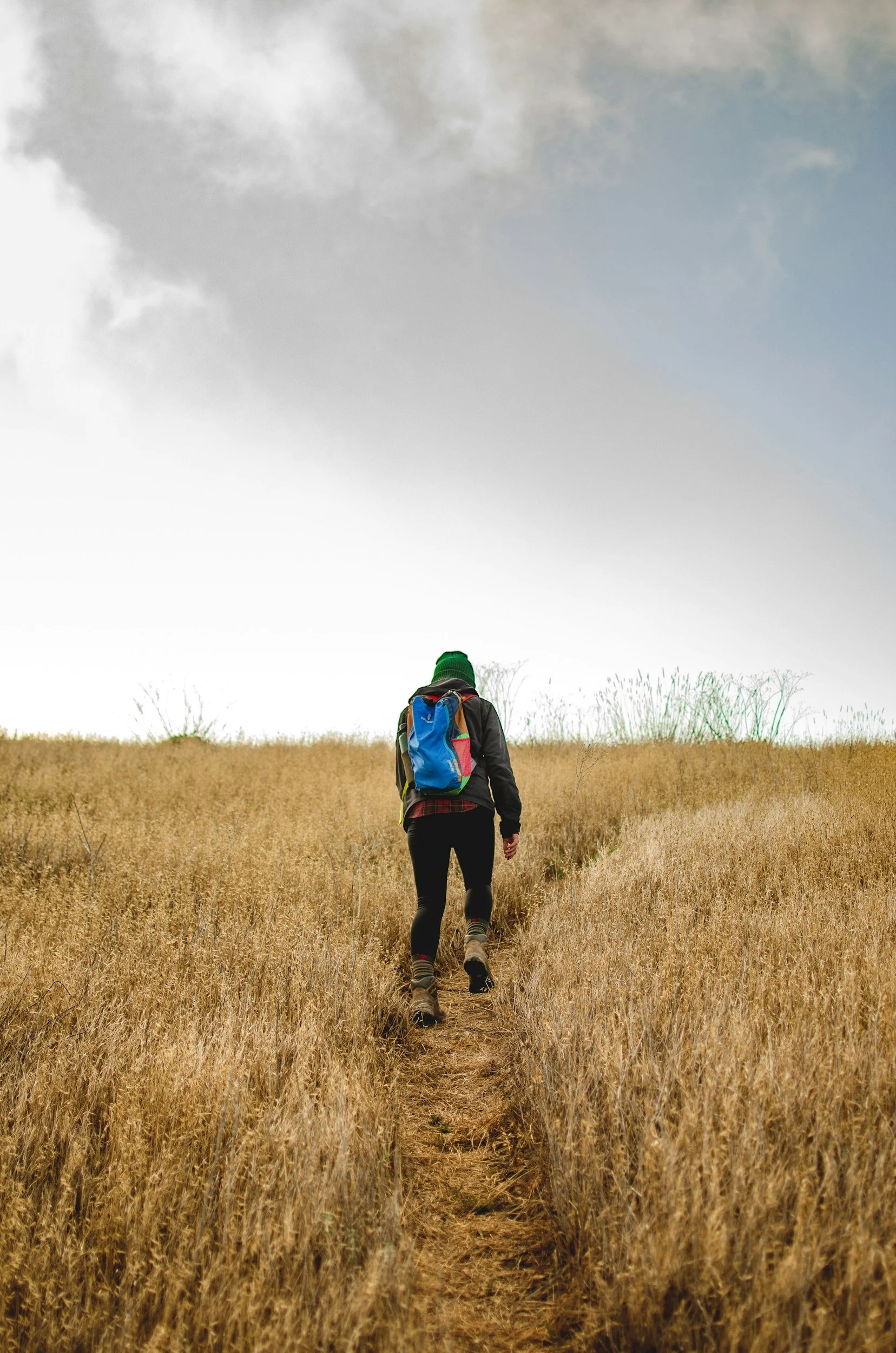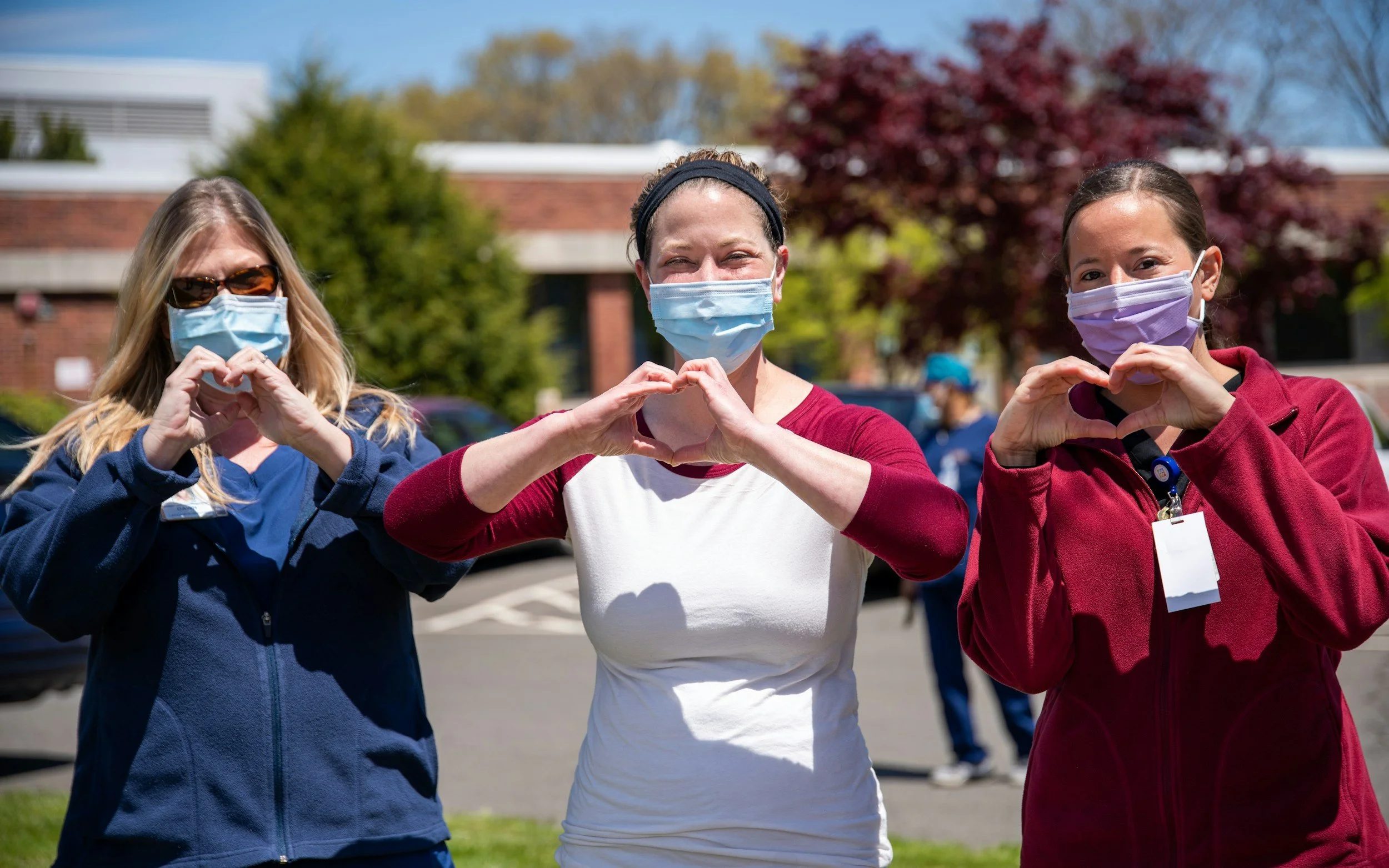Simple, evidence-informed ways to reduce tension and support winter wellness during the holiday season.
Read Morehealth tips
Evidence-informed articles on chronic pain, pregnancy care, neck/back issues, and massage therapy in Kamloops. Learn from Registered Massage Therapists.
Menopause, Perimenopause, Post-menopause & Pain: How Massage Therapy Can Support You
Perimenopause and menopause can bring hot flashes, poor sleep, pain, and feeling “not like yourself.” This post explains what’s happening, how massage therapy can support you, and gentle, realistic tips to help you through this transition.
Read MoreCold Weather and Joint Pain: What’s Really Going On?
Notice more joint pain in winter? Learn what research says about weather and pain, plus simple, safe ways to stay more comfortable through the cold months.
Read MoreAfter a Car Accident (MVA): How Massage Therapy Can Help Your Pain—Safely
Even a “minor” crash can leave you sore, stiff, and worried. In Kamloops, we see people after MVAs with neck pain, headaches, back or shoulder pain, and sleep problems. Here’s how massage therapy—done gently and in steps—can help you calm pain and feel steadier day by day.
Read MoreNeck Pain Relief in Kamloops: What Actually Helps (By Age Group) + When to See an RMT
Neck tight, stiff, or sore after work or driving? Here’s a simple, evidence-informed plan by age group — plus a 10-minute “Neck Reset” you can save. Read the new post + book when you’re ready.
Book now: wellableintegratedhealth.clinicsense.com
Back Pain Relief in Kamloops: How an RMT Can Help (and What You Can Do)
Back pain is common, frustrating, and—thankfully—manageable. Whether yours started after a long drive, a busy stretch at work, or a return to the gym, there are practical steps you can take to feel and function better.
Read MoreWhy People Seek an RMT for Headaches & Migraines in Kamloops
Headaches and migraines are one of the most common reasons people visit a Registered Massage Therapist. At Well+Able Integrated Health in Kamloops, we combine gentle manual therapy, nervous system education, and posture strategies to help reduce frequency and intensity — so you can get back to feeling like yourself again.
Read MoreHow Massage Therapy Can Support Abdominal Symptom Relief
Abdominal pain and digestive discomfort don’t always have a clear medical cause. Stress and the gut–brain connection often play a major role. Massage therapy can provide safe, evidence-informed support by calming the nervous system and easing muscle tension.
Read MoreMassage Therapy and Stress Relief: More Than Just Relaxation
Stress takes a toll on both mind and body. At Well+Able Integrated Health, our registered massage therapists provide evidence-informed care that helps reduce tension, improve well-being, and support a healthier lifestyle. Learn how massage therapy can fit into your stress management plan — and book today to start feeling more balanced.
Read MoreNeck Pain Relief for All Ages: How Registered Massage Therapists Help You Move Better
Neck pain is one of the most common reasons people seek care. From “tech neck” to age-related changes, learn how RMTs in Kamloops can help you move better and feel better.
Read MoreHow Registered Massage Therapists Support Specific Health Concerns
Discover how registered massage therapists (RMTs) support specific health concerns including headaches, pregnancy discomfort, sports injuries, and chronic pain. Safe, evidence-informed massage therapy in Kamloops.
Read MoreHealth Tips for Living in Smoke from Forest Fires
Wildfire smoke isn’t just hazy air. The tiny particles can reach deep into your lungs, enter your bloodstream, and irritate your heart and other organs. In this blog, we share why smoke affects your health and simple, practical tips to feel more comfortable in Kamloops when the skies are smoky.
Read MoreStress, Headaches, and Back Pain: How to Stay Balanced This Fall
As fall routines pick up, stress often shows up in your body as headaches, back pain, and muscle tension. In this post, we share practical self-care tips and how RMT care can help you reset for a calmer, stronger season.
Read MoreBack to School, Back to You: Resetting Routines for Pain-Free Living
September isn’t just for kids—it’s a reset button for the whole family. As routines ramp up, so can aches from long hours at desks, busy schedules, and a return to sports. Learn how simple tips and registered massage therapy can keep you moving pain-free this fall.
Read MoreGardening Without the Aches: Simple Tips for Harvest Season
As harvest season arrives in Kamloops, many of us spend extra hours in the garden. Learn simple tips to protect your body, prevent injury, and ease common aches so gardening stays enjoyable.
Read MoreNeck Pain: It's Not Just About Aging—What You Need to Know, No Matter Your Age
Neck pain can affect anyone, no matter your age. From age-related changes to lifestyle factors, understanding the causes and recognizing the early signs can help you manage or prevent neck pain. Learn how an RMT can help relieve discomfort and improve mobility.
Read MoreWhat’s Causing My Pain?
Still hurting and don’t know why? Learn how stress, habits, and nervous system sensitivity can contribute to pain — even when nothing is “damaged.”
Read Moredon’t let shoulder pain get in the way when looking for summer fun
Shoulder Pain and Summer Fun: How to Stay Active Without Setbacks
Don’t let shoulder pain sideline your summer. Whether you're paddling or gardening, learn how to stay active in Kamloops without making it worse.
Read MorePain Relief in Kamloops: How to Stay Out of the Treatment Room (and Save When You Need Care)
We love seeing you — but we love it even more when you’re doing well between visits. Here are our top summer tips for staying pain-free and mobile in Kamloops, plus how to save when you do need to come in.
Read Morenurses showing a heart symbol with their hands
Supporting the Supporters: How Manual Therapy Can Help Nurses Recover from Burnout
Long shifts, emotional stress, and physical strain take a toll on nurses. Here's how manual therapy and personalized care at Well+Able can support nurses facing burnout.
Read More

















